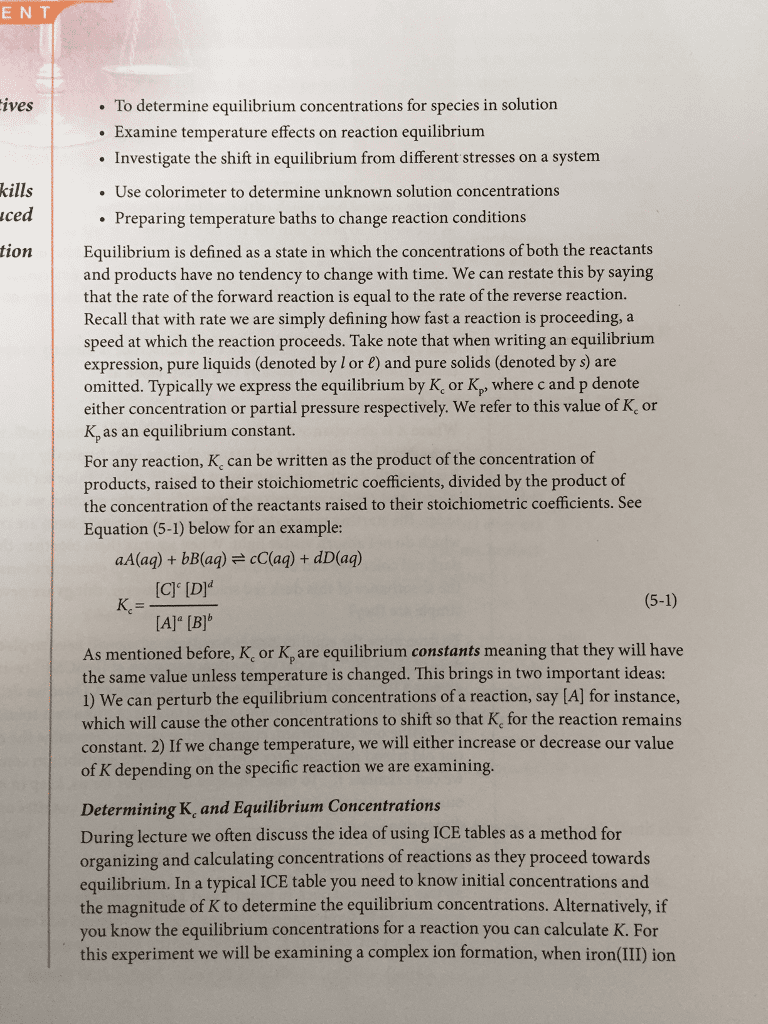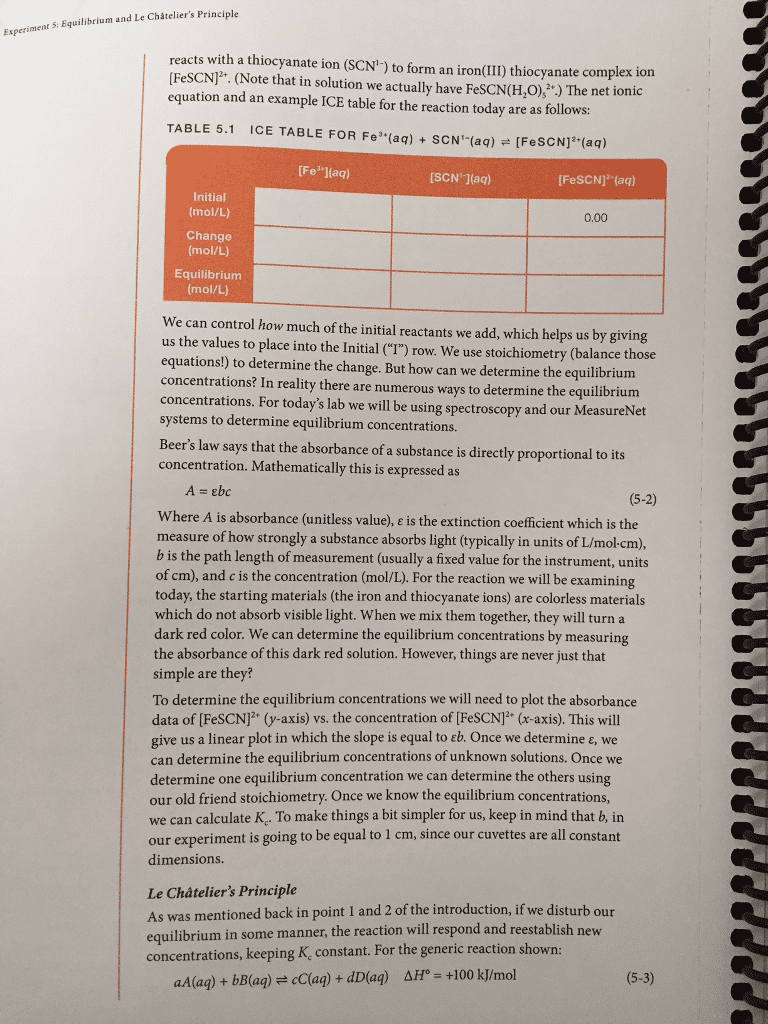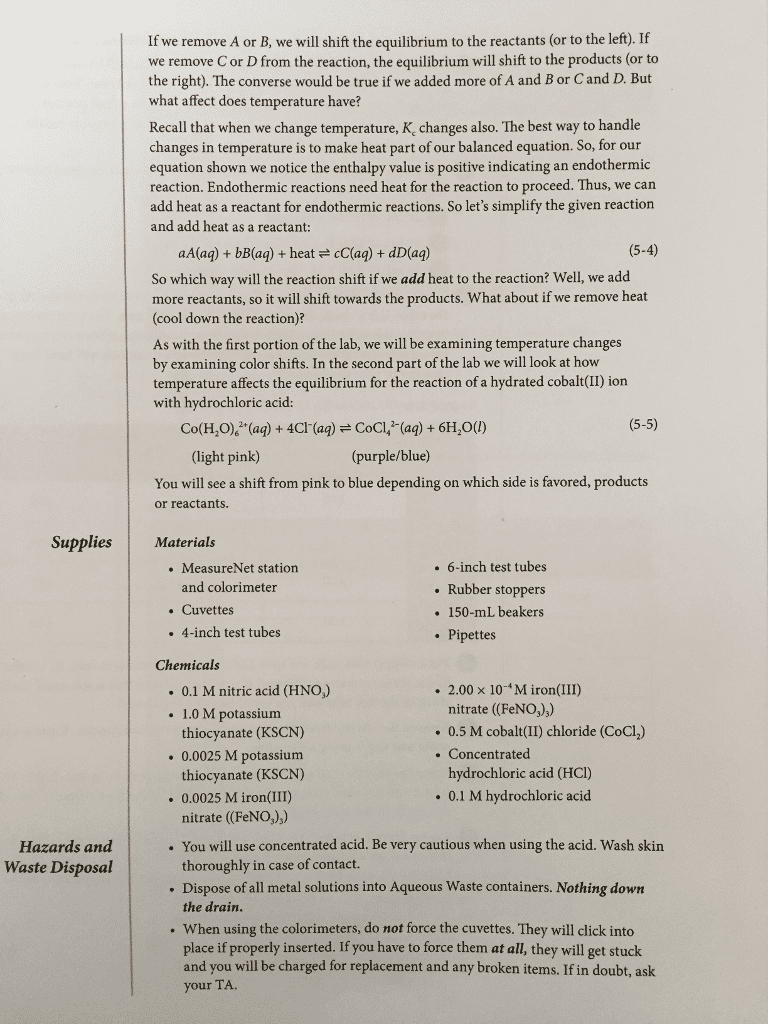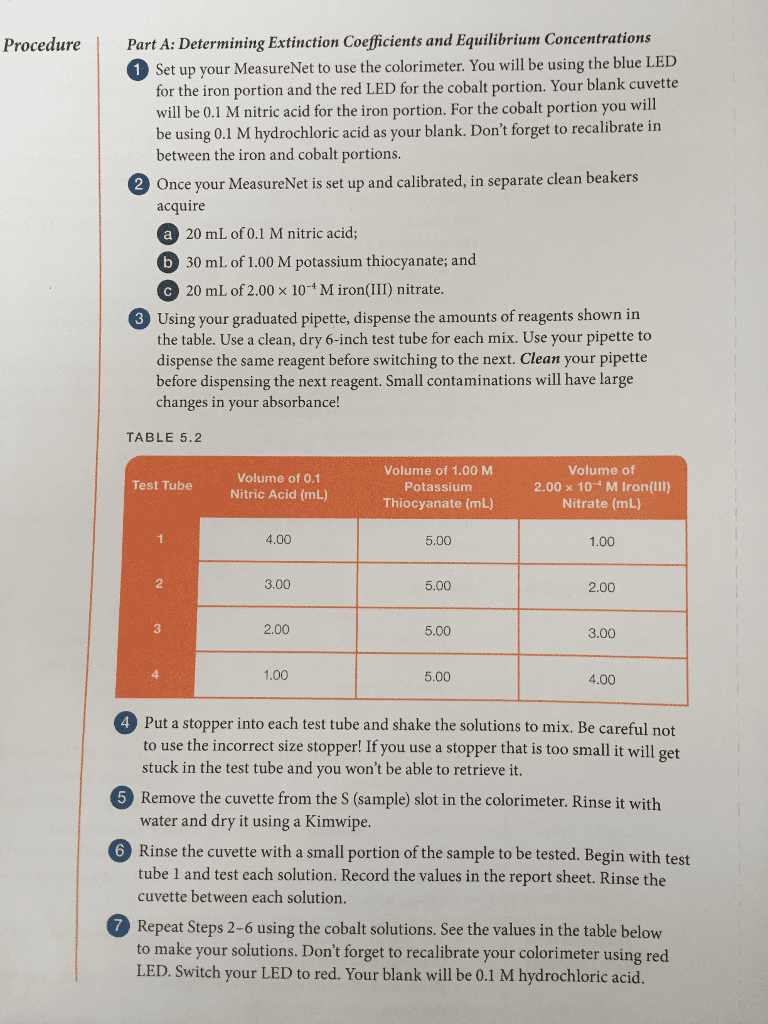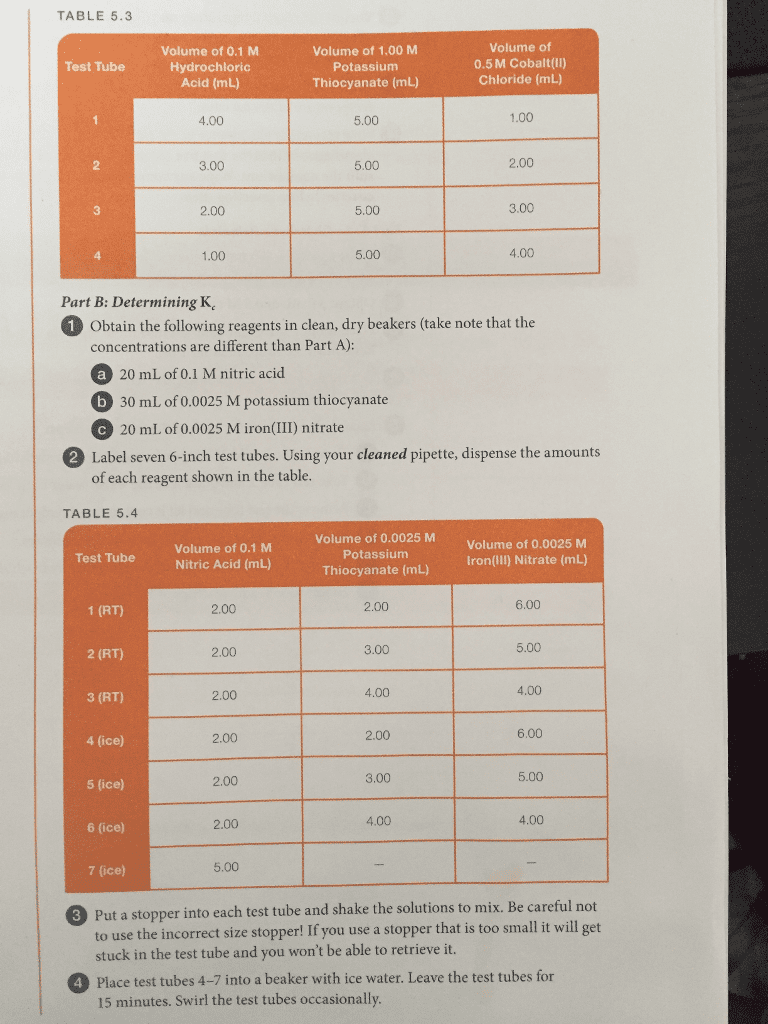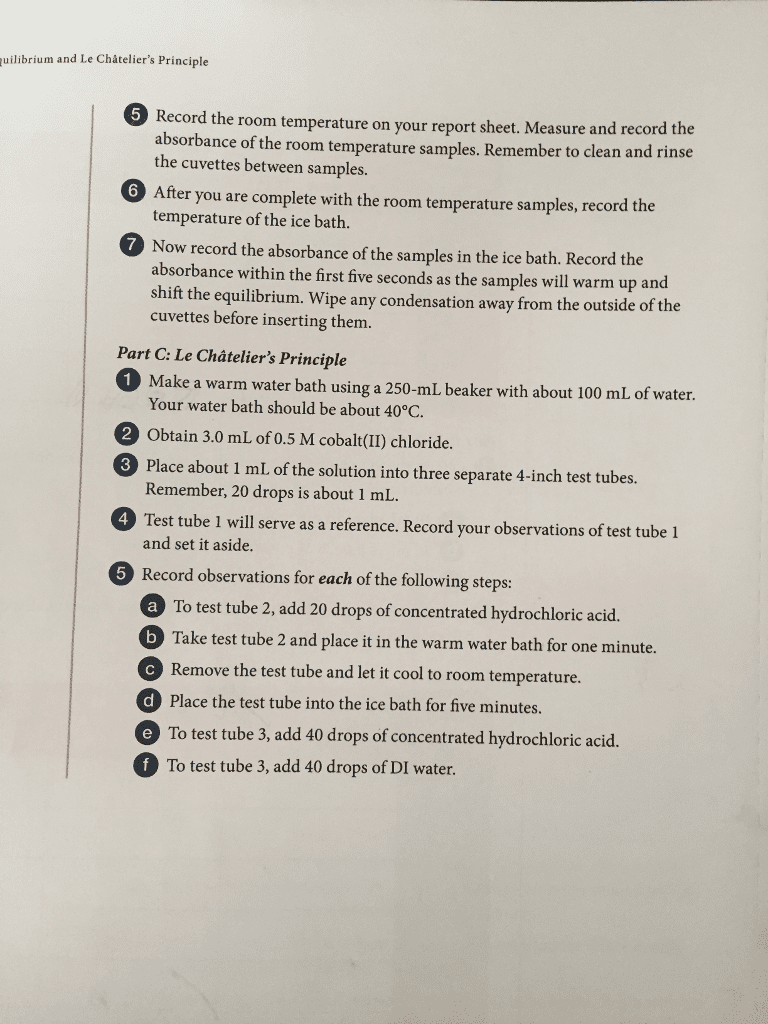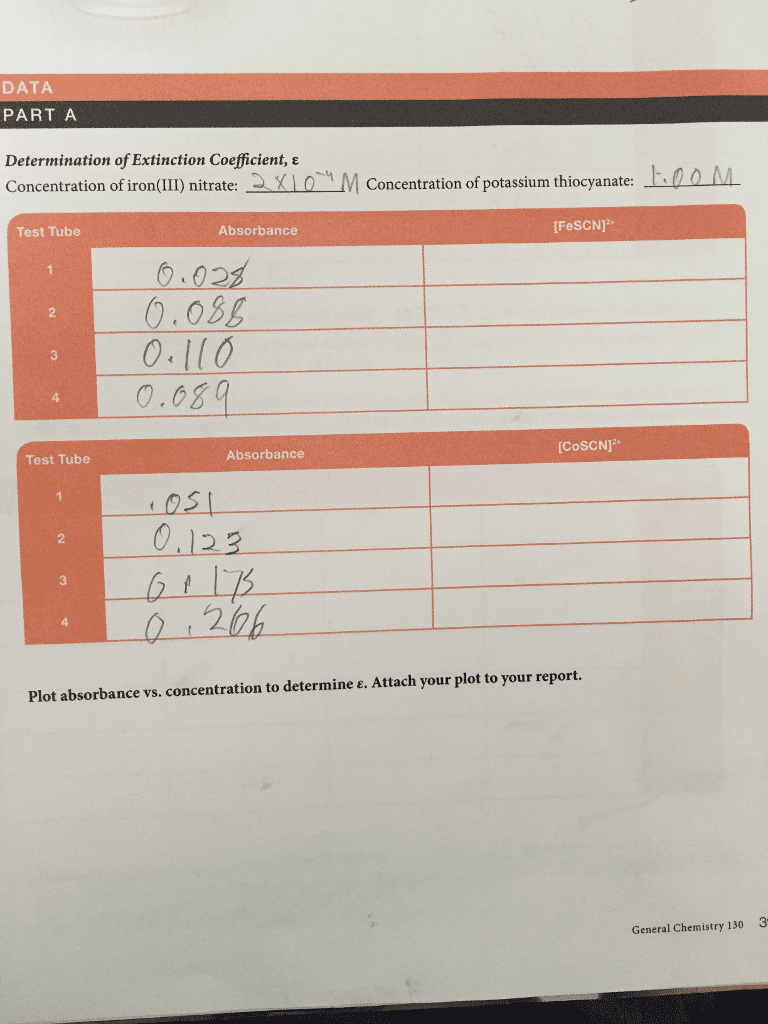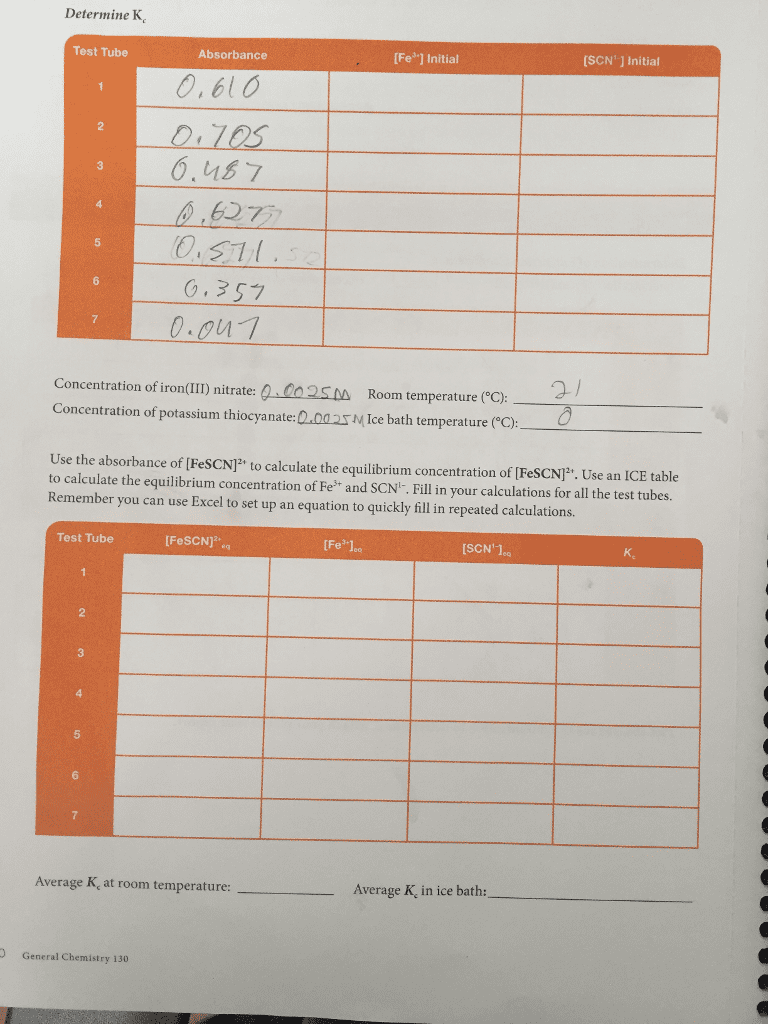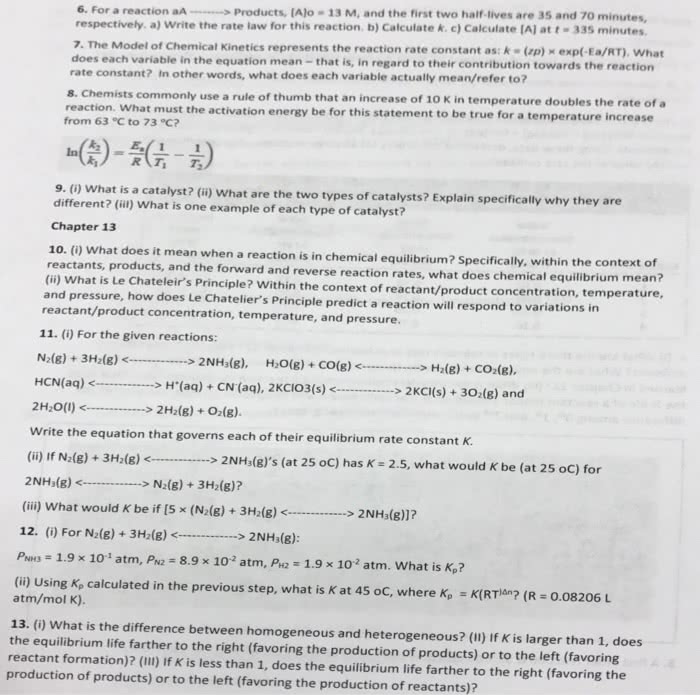CHEM 123N Lecture Notes - Lecture 13: Equilibrium Constant
Document Summary
Equilibrium - where the reverse reaction is equal in speed to the forward reaction and the concentrations of both are unchanging. You get the same equilibrium mixture regardless of starting with reactants or products. Because of this, pressure is proportional for gases in a closed system. If k>>1, e(cid:335)uilib(cid:336)iu(cid:295) (cid:718)favo(cid:336)s(cid:719) p(cid:336)oducts, the othe(cid:336) is that e(cid:335)uilib(cid:336)iu(cid:295) favo(cid:336)s the (cid:336)eacta(cid:296)ts, this (cid:295)ea(cid:296)s that the(cid:336)e"s a higher concentration of whatever dominates at equilibrium. If k is small, the reaction hardly proceeds, if k is large then the reaction proceeds nearly to completion. 1/the equilibrium constant of the forward reaction = the equilibrium constant of the reverse. Two consecutive equilibria occur, reaction equations added to give a single overall reaction at equilibrium. The equilibrium constant of the overall reaction is the mathematical product of the constants of the two steps. Homogeneous equilibria - all reactants and products in the same phase. Heterogeneous equilibria - some component in a different phase.



